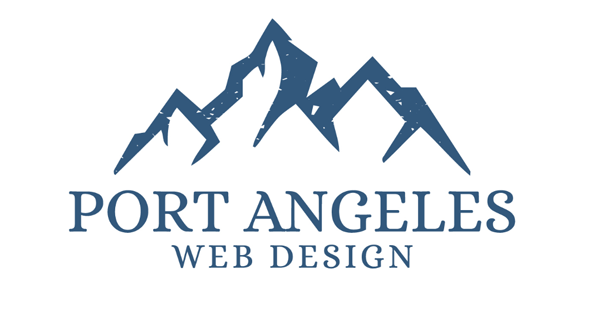3 Reasons Your Website Should Be ADA Compliant
Even though the Americans with Disabilities Act (ADA) passed in 1990 as a means to ensure that people with disabilities have the same opportunities as anyone else, web development standards didn't start seriously addressing accessibility until the W3C recommendation, Web Content Accessibility Guidelines (WCAG) 2.0, which was published in December 2008. This recommendation replaced the W3C recommendation released in May 1999. The advances in web technology are the main reason why W3C 2.0 can address accessibility more effectively.
Why, as a business owner, is it important that your website is ADA compliant?
1) Approximately 50 million people in the U.S. suffer from disabilities.* Many of those require screen reading tools to 'read' your website. If your website isn't properly developed, people with certain disabilities who are interested in your services or products, won't be able to navigate your site.
2) If you care about how well your website ranks with the most popular search engines like Google, Yahoo, and Bing, then you should know that these search engines use readers to crawl websites. This crawling is what provides the search engines with the content and information needed to rank your site. WCAG 2.0 provides standards to ensure screen readers can read your website properly. If your website isn't ADA Compliant, you risk your website not being properly ranked by search engines. This can have a serious negative impact on your search ranking.
3) Having a more operable and navigable website ensures optimum usability for all visitors. Usability is key for your website visitors to find the information they need. As a business owner or leader of an organization, you are most certainly interested in people being able to easily find content and take the desired actions.
In addition to these 3 reasons, remember ADA Compliance is the LAW!
Although the 1990 ADA Act originally did not mention websites since they weren't widely used; many brands, such as Brooks Brothers and Foot Locker, have been sued in recent years. As of today, there is a safe harbor clause that exempts websites built or updated before January 18, 2018, but the guidelines DON'T pertain to any page that is updated and any websites published after January 18, 2018.
The ADA's website
has guidance and tips. Give us a call or email us to find out if your website is currently ADA compliant. We would love to review your site and if it's not compliant, assist you with bringing your website into compliance.
*ADA National Network - adata.org


360.320.0777
Port Angeles, WA
Island Internet Presence Consulting, LLC dba Port Angeles Web Design


